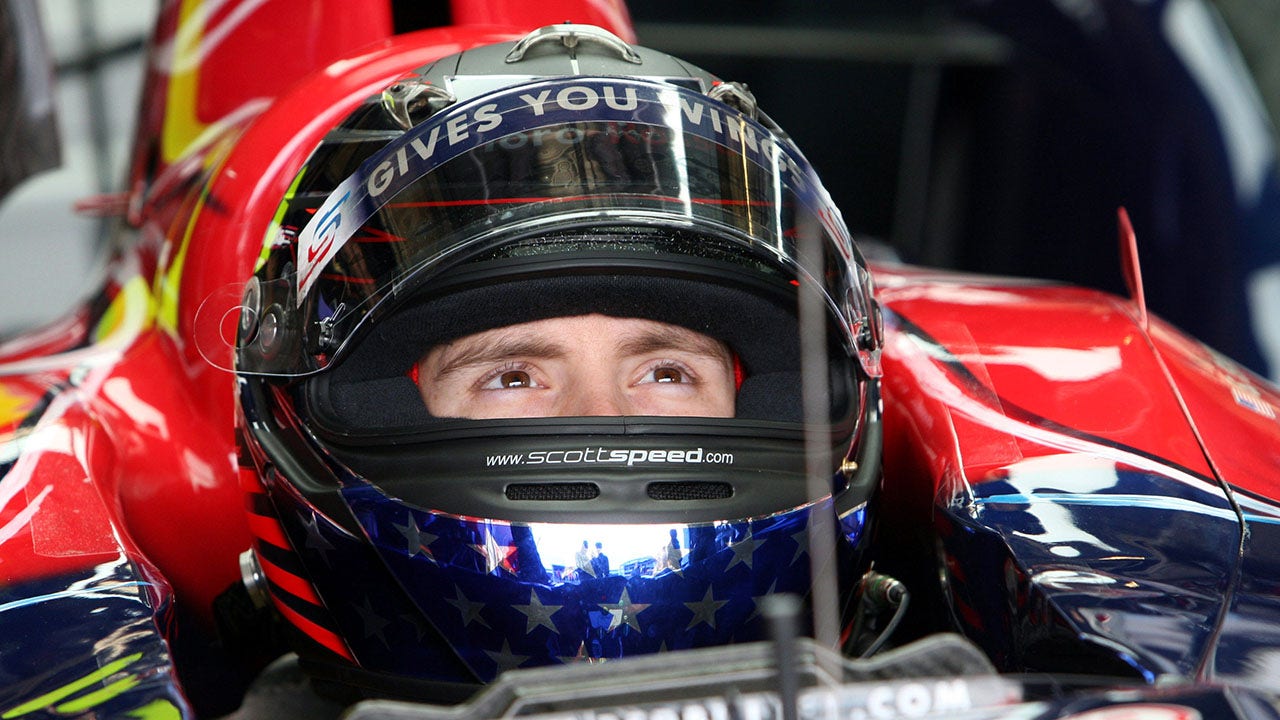But the solar system contains more than two masses. In fact, it started as a big cloud of dust without any planets and without the sun, and every speck of dust had an attractive interaction with every other speck. That’s a lot of complicated stuff going on, but there’s a trick we can use to simplify it. If the dust is evenly distributed, then a particle on the outside of the cloud would experience a gravitational force as though all of the other dust was concentrated at a single point in the middle of the cloud.
So what would this giant cloud of dust do? Well, each piece would experience a force pulling it toward the center of the cloud. It would essentially collapse in on itself. Just to get a feel for what this would look like, I built a computational model using 100 masses to represent all the dust. Here’s what it would look like:
Video: Rhett Allain
Of course, that does not look like our solar system. The reason is that the cloud of dust that formed our solar system started off with a slight rotation. Why does that matter? In order to answer that, we have to think about what happens when an object moves in a circle.
Going in Circles
Imagine you have a ball attached to a string, and you swing it around in a circle. As the ball moves, its velocity changes direction. Since we define acceleration as the rate of change of velocity, this ball must have an acceleration. Even if it’s moving at a constant speed, it will be accelerating because of its circular motion. We call this centripetal acceleration—which literally means “center pointing,” since the direction of the acceleration vector is toward the center of the circle. See, words make sense sometimes.
We can also find the magnitude of this centripetal acceleration. It depends on both how fast the object is moving (v) as it speeds around the circle and the radius of the circle (r). However, sometimes it’s more useful to describe circular motion with angular velocity (ω).
The linear velocity (v) measures how far an object travels in a unit of time (e.g., meters per second). Angular velocity measures how much of the circle it traverses in a unit of time. How can we measure that? If you drew a line from the center of the circle to a starting point and another line to the ball’s position after one second, those two lines would define an angle. So angular velocity measures the angle that the ball covers (in radians per second). It basically tells you how fast an object rotates around a center point. With that, we get the following two definitions for centripetal acceleration (ac).

























































